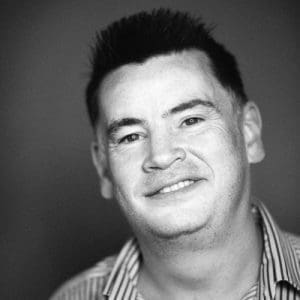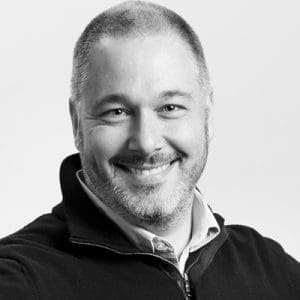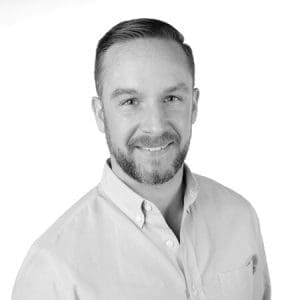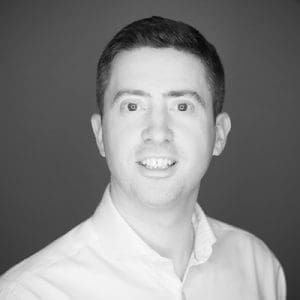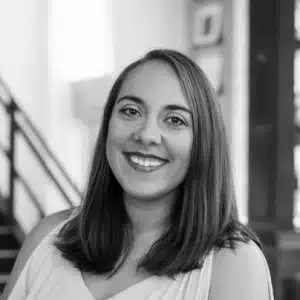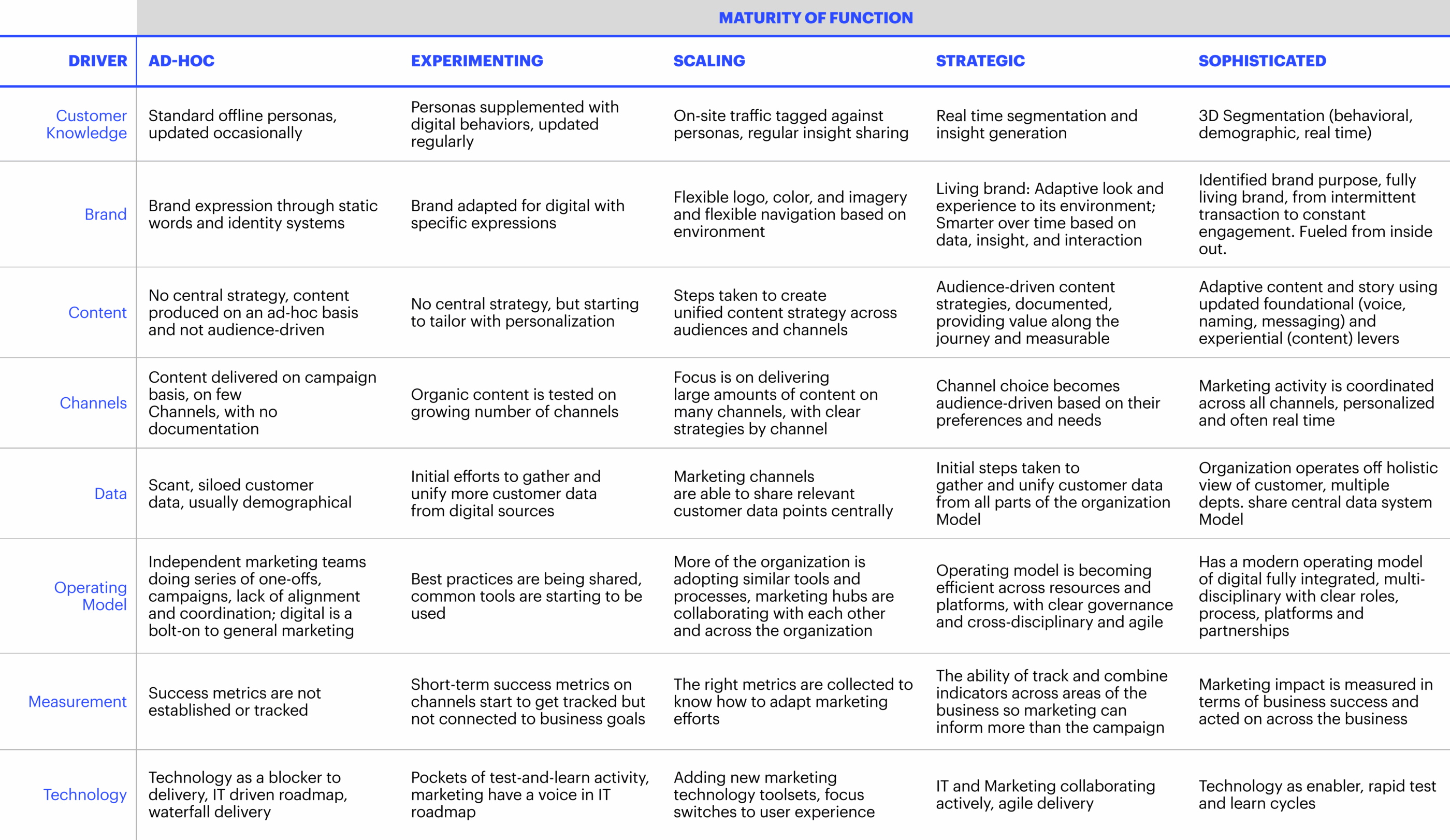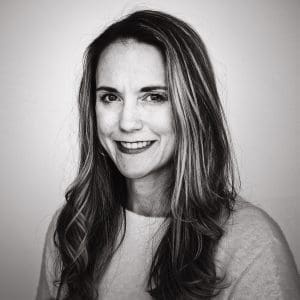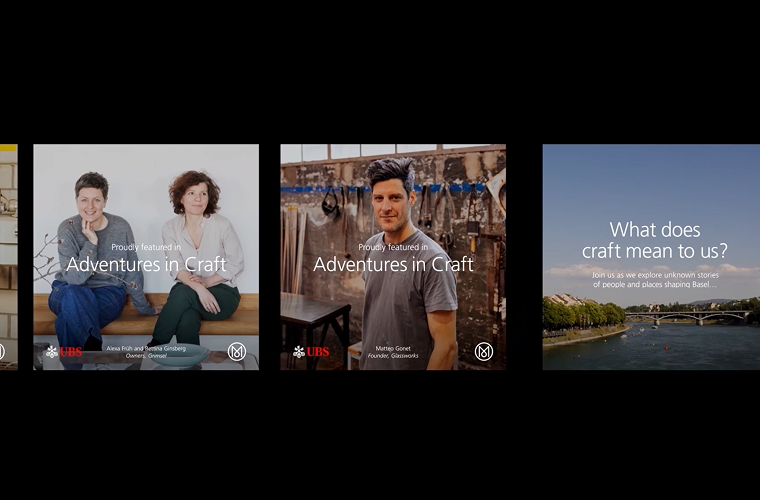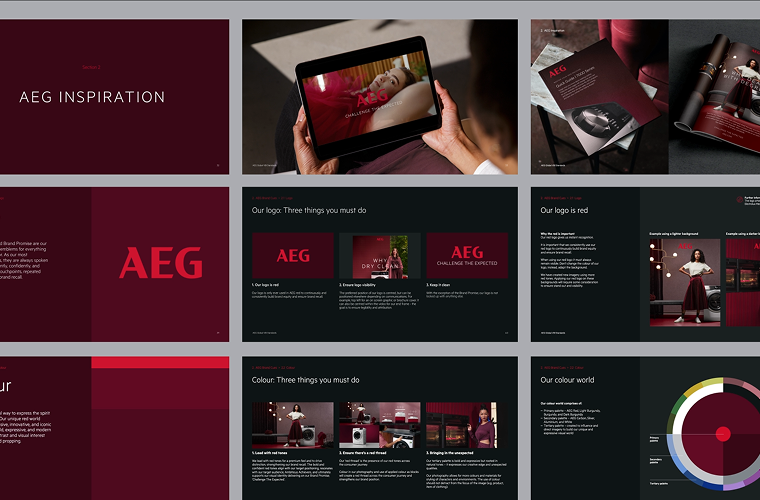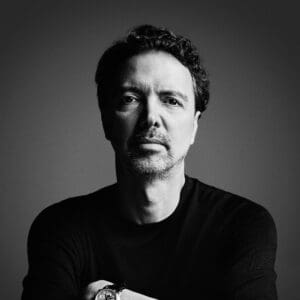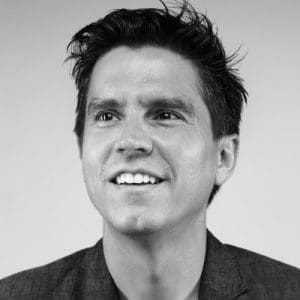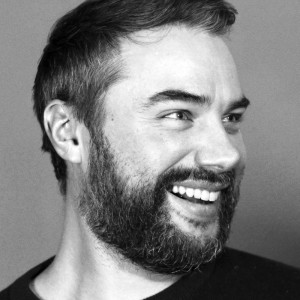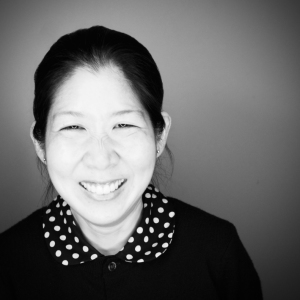BLOG
Expert Roundtable: Four New Rules of Localization in APAC
Four brand leaders share how customer obsession, living brand systems, local innovation, and cultural ownership make global brands authentic, agile, and future-ready.
In APAC, localization is no longer a differentiator—it’s the baseline. Brands have mastered adapting campaigns, languages, and visuals to local markets. But as growth pressures mount and customer expectations evolve, the question is no longer whether to localize—it’s how to scale it without diluting brand equity.
Today’s landscape is being reshaped by rapid digitalization, AI-driven personalization, and increasingly discerning consumers who can see through superficial tweaks. Streamlined organizational structures add speed but create tension between agility and governance. The new challenge: finding a localization model that is dynamic, authentic, and globally consistent.
We spoke to four senior brand leaders to understand how they are navigating this next phase of localization:
- Andrea De Vincentiis, MD, Global Head of Brand Partnerships & Regional Brand Director, HSBC
- John Toomey, Chief Commercial Officer, Marriott International – Asia Pacific (excluding China)
- Rebecca Marino, Assistant Vice President, Senior Brand Strategist, FM and Maria Shopova, Sr. Marketing Strategic Partner, FM
1. From Customer-Centricity to Customer Obsession
Prophet’s recent research revealed that customer obsession is a key driver of Uncommon Growth for companies that achieved growth of 2x industry average over the past five years. Being customer obsessed is not just a table stake, it’s a moving target. Traditional research methods cannot keep pace with how customers discover, engage, and judge brands today. Real-time, multi-faceted listening has become essential.
“For us, localization is about being truly customer centric. It’s how we create emotional connections—it’s not just about visuals or language, but how the whole experience feels.”
Andrea De Vincentiis, HSBC
Brands are rethinking how they gather and distribute insights. Marriott has a two-way feedback system between local markets, regional teams, and headquarters, as well as a guest experience feedback platform Guest Voice to capture real-time insights.
“This cycle of listening, learning, and evolving ensures that our regional strategies don’t just align with global standards—they’re also deeply relevant in the context of local cultures, which is where we see the greatest long-term impact.”
John Toomey, Marriott International
FM’s market pulse surveys to track regional progress after launching its new brand.
“Local relevance isn’t a one-time check – it’s an ongoing dialogue. Especially in B2B, where interactions are deeply personal and nuanced, we need to continuously validate that our strategies resonate with local teams and markets.”
Maria Shopova, FM
Beyond listening, brands must also stay close to how today’s consumers discover them. With the rise of generative AI, it is no longer enough to communicate in traditional channels—brands need an AI Engine Optimisation (AEO) strategy to ensure they appear authentic and relevant not only in global LLMs like OpenAI and Claude, but also in regional platforms such as China’s DeepSeek, Alibaba’s Qwen, and emerging players like South Korea’s Exaone and Southeast Asia’s Sailor2.
2. From Static Guidelines to Living Brand Systems
As businesses scale across diverse markets, rigid brand guidelines can stifle resonance. Leaders are now creating living brand systems that define the non-negotiables yet leave room for flexibility in local adaptations.
FM partnered with Prophet to refresh its brand and unify its strategy. The new brand, supported by extensive guidelines and a Brand Center, became a central tool for internal alignment and external execution.
“When working with agency partners for the implementation of our marketing plans, we make sure that they are living and breathing the brand guidelines by introducing the Brand Center as part of the onboarding process, which has helped tremendously.”
Rebecca Marino, FM
Marriott International has a portfolio of over 30 hotel brands. For each brand, a robust brand house framework was carefully mapped out to ensure both alignment and flexibility across all hotels worldwide.
“We balance our global brand purpose with local cultural interpretations by adhering to a unified brand house and guidelines. Our global purpose for each brand remains non-negotiable. However, we empower local teams to adapt expressions of this purpose to align with cultural expectations.”
John Toomey, Marriott International
By using a signature visual construct (“A-hex-B”), HSBC’s recent global campaign highlighted how well-defined brand systems allow flexibility.
“We use this “A-hex-B” construct that visually ties everything back to our signature hexagon—it’s instantly recognizable. Markets can plug in their own headlines that reflect what’s most relevant locally, but the overall look and message remain consistent. And with this year being HSBC’s 160th anniversary, we also developed a special mark that each market can adapt to celebrate their own local milestones. It’s a nice way to keep things connected but still individual.”
Andrea De Vincentiis, HSBC
3. From Local Adaptation to Global Innovation Hubs
Localization is moving beyond adaptation—it’s becoming a source of global innovation. In APAC, where local champions are agile, bold, and culturally fluent, global brands can’t win by simply adapting campaigns or repackaging global products. They must innovate to stay competitive and meet the rising expectations of increasingly discerning consumers. With APAC markets as a testing ground, these successful innovations are now going global.
Marriott’s M Passport, first launched in APAC, became the blueprint for the global Marriott Family Program.
“Local markets are vital sources of innovation that keep Marriott’s global brand strategy dynamic and relevant. By fostering a culture of openness and collaboration, we integrate local innovations into our global framework, keeping our brands forward-thinking and adaptable.”
John Toomey, Marriott International
Likewise, Shiseido launched INRYU (ingestible beauty) and RQ PYOLOGY (medical beauty) in China, both of which informed its global innovation strategy.
4. From Operational Alignment to Cultural Ownership
Streamlined organizational structures can drive operational efficiency and speed—both critical in fast-moving APAC markets. But true localization requires more than just lean processes; it thrives when governance and culture work hand in hand.
Brands that excel embed localization into their organization, creating clear processes and empowering employees to interpret and activate the brand meaningfully in their markets.
“These days, a brand isn’t just something owned and controlled from the top—it’s shaped by the people who interact with it every day: customers, employees, communities. It’s evolved into something more dynamic, and it definitely goes beyond just geography.”
Andrea De Vincentiis, HSBC
FM used its brand launch to drive cultural engagement: employees now ask more questions, show greater curiosity, and feel responsible for living the brand.
“The launch of our new brand helped bring along brand understanding to a higher level. More employees are asking brand questions than ever, not just because it’s new, but also because they care more and want to do the right thing.”
Rebecca Marino, FM
And as John Toomey notes, governance must be designed to empower, not constrain:
“To scale localization effectively without losing the brand’s core, CMOs should establish clear brand guidelines that define the aspects and boundaries of localization while empowering local teams to innovate.”
John Toomey, Marriott International
The New Playbook: From Localized to Locally Led
In APAC, localization has matured from a tactical checkbox to a strategic growth lever. The new rules require:
- Anticipating cultural shifts with data, not just reacting.
- Flexible frameworks, not static rulebooks.
- Innovation that flows both ways, with APAC as a global incubator.
- Cultural ownership, so localization lives beyond marketing teams.
For brands that master this, localization will not just make them relevant—it will make them leaders.
Disclaimer: This article includes statements and quotations from various companies and individuals for informational purposes only. The inclusion of these quotes does not imply endorsement, affiliation, or agreement among the entities mentioned. All views expressed are those of the respective sources and do not necessarily reflect the opinions of the publisher or other participants.
FINAL THOUGHTS
Prophet helps businesses around the world build living brands that are culturally relevant and purposefully innovative. By blending bold strategy with creative execution, we ensure brands don’t just keep up but lead in a constantly changing world.




